ABA Therapy and Community Inclusion
Explore how ABA therapy and community inclusion enhance social skills and emotional development for those with autism.


Understanding ABA Therapy
ABA therapy, or applied behavior analysis, is a comprehensive treatment targeted at enhancing social and emotional skills in children on the autism spectrum. This section explores the history and benefits of ABA therapy, shedding light on its significance for parents and caregivers.
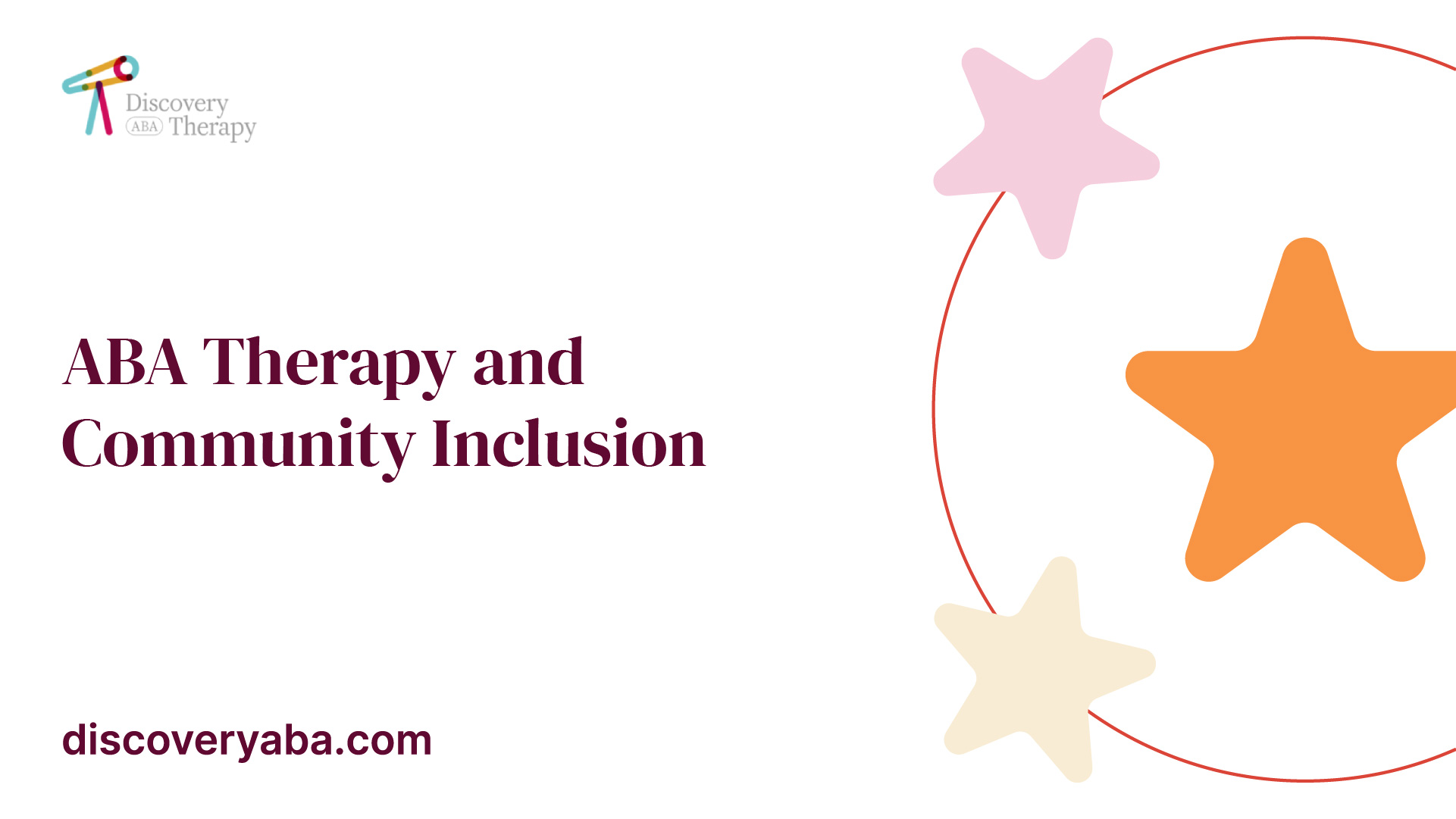
History of ABA Therapy
ABA therapy has been utilized since the 1960s to assist children with autism and related developmental disorders. The methods of behavior analysis have been researched for decades, establishing a foundation for the development of effective interventions.
Over the years, ABA has evolved, introducing individualized approaches tailored to the unique needs and circumstances of each child. A board-certified behavior analyst (BCBA) plays a vital role in designing and overseeing these customized programs, ensuring they align with the learner’s skills, interests, and family situation.
Benefits of ABA Therapy
ABA therapy is beneficial for developing essential skills that promote independence and success in various areas of life. The treatment goals are tailored based on the individual's age and ability level, focusing on fostering both social and emotional well-being. Some of the primary benefits include:
BenefitDescriptionImproves Social SkillsInterventions are designed to enhance communication and interaction with peers.Enhances Emotional RegulationHelps individuals learn to manage their emotions appropriately.Fosters IndependenceTeaches daily living skills to promote self-sufficiency.Tailored LearningPrograms are customized to fit each child’s specific needs and interests.
Research indicates that ABA strategies can lead to significant improvements in the participation of children with autism in community settings, creating more opportunities for social engagement. However, families often face barriers to participation, including sensory processing challenges which can hinder daily activities such as self-care, play, and education.
By facilitating community inclusion through targeted skills development, ABA therapy plays a crucial role in improving the quality of life for individuals with autism while supporting their families. For more insights on the community-focused aspects of ABA, consider exploring resources such as aba therapy and social skills groups and aba therapy and inclusive education.
ABA Techniques
Applied Behavior Analysis (ABA) therapy employs various techniques to promote positive behavior and skill development in individuals with autism. Two fundamental techniques in ABA are positive reinforcement and understanding antecedents and consequences.
Positive Reinforcement
A significant component of ABA therapy is the use of positive reinforcement. This technique involves rewarding a child when they successfully complete a task or display a desired behavior. Research indicates that when a reward is given after a behavior, the likelihood of that behavior being repeated increases. Over time, this approach aids in establishing consistent and positive behaviors.
Rewards can take various forms, including verbal praise, tokens, or tangible items. Below is a summary of how positive reinforcement works:
BehaviorRewardResultComplete homeworkStickersReinforces completion of assignmentsSharing with peersPraiseEncourages social sharing behaviorsUsing the bathroomSmall toyPromotes independence in toileting skills
This technique not only contributes to behavioral change but also enhances motivation and self-esteem in children. Family involvement is crucial, as caregivers often implement reinforcement strategies at home, allowing for consistency and additional practice [1].
Antecedents and Consequences
Understanding antecedents (what happens before a behavior) and consequences (what occurs after a behavior) is essential in ABA therapy. Analyzing these elements provides insights into why certain behaviors occur and how to influence change.
Antecedents can include specific environments, times, or interactions that trigger a particular behavior. For instance, a child might become frustrated when asked to complete a difficult task, leading to a tantrum. By identifying the antecedent, interventions can be implemented to modify or eliminate these triggers.
Consequences also play a vital role. They can either reinforce positive behavior or inadvertently encourage negative behavior. For example, if a child receives attention following a tantrum, they may exhibit the behavior again to gain that attention.
Understanding the following aspects ensures effective interventions:
AntecedentBehaviorConsequenceRequest madeTantrumAttention gainedTask completionToken givenEncouragement to continue completing tasks
By focusing on antecedents and consequences, ABA therapy supports children in developing skills essential for social interaction, learning, and emotional regulation. This comprehensive approach helps modify undesirable behaviors while promoting positive outcomes in various areas of life, such as in social skills groups or self-advocacy skills.
Individualized ABA Programs
Individualized Applied Behavior Analysis (ABA) programs are essential for addressing the unique needs of individuals with Autism Spectrum Disorder (ASD). The design and implementation of these programs, along with family involvement, ensure that therapeutic strategies are tailored for optimal effectiveness.
Design and Implementation
The design and implementation of ABA programs require a board-certified behavior analyst (BCBA) who customizes the therapy according to each learner's skills, needs, interests, preferences, and family situation [1]. This personalization is critical for achieving successful outcomes in therapy.
A typical ABA program includes the following steps:
The involvement of educational staff and ABA therapists is vital for aligning the therapeutic goals with educational objectives, ensuring a holistic approach to the individual's development [4].
Program ElementPurposeComprehensive AssessmentEstablish baseline and identify focus areasGoal SettingDefine specific, measurable objectivesData CollectionMonitor progress and effectivenessAdjustmentAdapt strategies based on progress
Family Involvement
Family involvement is a cornerstone of effective ABA therapy. Engaging family members ensures that the strategies learned in therapy can be integrated into daily routines, which enhances consistency and reinforces desired behaviors. Family members play a crucial role in supporting both the therapeutic process and the individual's overall development.
Key aspects of family involvement include:
Training in ABA techniques allows families to reinforce skills consistently, contributing to a smoother transition between therapy sessions and home life. Resources such as aba therapy and parent coaching can further assist families in understanding and supporting their loved ones effectively.
In summary, individualizing ABA programs through thoughtful design and comprehensive family involvement maximizes the potential for successful outcomes in community inclusion for individuals with autism.
Social and Emotional Development
A crucial aspect of ABA therapy is its focus on enhancing social and emotional development in individuals with autism. Through targeted interventions, children can improve their social skills and emotional regulation.
Social Skills Improvement
ABA therapy effectively helps children develop vital social abilities by working one-on-one with a practitioner. Interventions are tailored to help them understand and navigate social norms [3]. By employing positive reinforcement for desired behaviors, children learn to differentiate between socially acceptable and unacceptable actions. Research indicates that children with the lowest baseline adaptive levels have shown significant improvements after 12 and 24 months of participation in ABA therapy, enhancing their ability to make friends and engage in social interactions.
Adaptive Behavior Composite (ABC) ImprovementChange After 12 MonthsChange After 24 MonthsAverage Increase4.46 pointsModest, variable
Ball-related activities, specifically, have been highlighted as beneficial for fostering social interactions [5]. Implementing these types of activities within a structured environment can greatly enhance a child's ability to connect with peers.
For additional resources, visit our article on aba therapy and social skills groups.
Emotional Regulation
Emotional regulation is another key focus of ABA therapy. Children learning through ABA can develop strategies to manage their emotions effectively. By understanding triggers and learning coping mechanisms, they gain better control over their emotional responses. Parents are encouraged to take an active role in this learning process [5].
Positive reinforcement also plays a significant role in this aspect of therapy, as practitioners guide children in processing their emotions and responding appropriately in various situations. This guidance helps children clarify their feelings and improve their emotional responses over time.
Through structured approaches and targeted practice, ABA therapy contributes significantly to social skills improvement and emotional regulation for children with autism. Parents may also find it beneficial to explore concepts such as aba therapy and self-advocacy skills to further enhance their child's emotional growth.
Community Inclusion Challenges
Community inclusion for individuals on the autism spectrum often involves a variety of challenges that can significantly impact their ability to participate fully in social activities and public spaces. Two major challenges include sensory processing differences and stigma related to autism.
Sensory Processing Differences
Children on the autism spectrum frequently exhibit sensory processing differences that can affect their participation in community activities. These sensory integration challenges can hinder their ability to engage in daily tasks and limit their involvement in events, such as family outings to cultural institutions ABT Behavioral Analysis Therapy.
Common sensory processing issues include hypersensitivity to sounds, textures, or bright lights, which can lead to feelings of overwhelm in crowded or noisy environments. This can result in behaviors that may be misinterpreted by the public, further isolating the child and their family.
Sensory ChallengeImpact on Community ParticipationHypersensitivity to NoiseAvoidance of crowded eventsSensitivity to Bright LightsDifficulty in outdoor activitiesTactile SensitivityReluctance to participate in hands-on experiences
Families with children with sensory processing challenges may face barriers to engaging in community settings, leading to restricted opportunities for social interactions and relationships ABT Behavioral Analysis Therapy.
Stigma and Social Barriers
Stigma is a significant barrier that affects family participation in public spaces. Concerns about being judged or discriminated against can inhibit families from engaging fully in their communities ABT Behavioral Analysis Therapy.
The fear of negative comments or reactions can discourage families from attending community events, which limits opportunities for individuals with autism to develop social skills and foster connections. Additionally, individuals with autism spectrum disorder (ASD) often engage at lower rates in community activities compared to typically developing peers due to various factors. These may include environmental barriers, lack of awareness about autism, and insufficient support available in community settings Discovery ABA.
Successful community participation for individuals with autism requires tailored supports and accommodations. This may involve utilizing visual supports, implementing alternative teaching methods, ensuring accessibility, and providing break spaces to create a more inclusive environment for participation in community activities Discovery ABA.
Promoting Community Inclusion
Community inclusion is essential for individuals with Autism Spectrum Disorder (ASD) to thrive in social settings. This requires a dedicated approach to support services and education, ensuring that they can fully participate and enjoy the benefits of community life.
Support Services
Providing various support services can significantly enhance community participation for individuals with ASD. Tailored education plans, occupational therapy, and speech therapy empower these individuals, fostering a more inclusive society that values unique abilities [2].
These support services can be broken down into several categories, each serving a different purpose in promoting inclusion:
Support ServicePurposeTailored Education PlansCustomizes learning to individual needsOccupational TherapyAids in developing daily living skillsSpeech TherapyEnhances communication abilitiesVisual SupportsProvides clarity in understanding tasks
Successful community participation often requires specific accommodations such as visual supports, alternative teaching methods, and accessibility options. Break spaces may also be available to help manage sensory overload. Trained staff are vital for implementing these supports effectively, ensuring that every individual can enjoy communal activities.
Education and Advocacy
Education plays a pivotal role in community inclusion. Advocating for inclusive education means ensuring individuals with Autism have access to the same activities as their peers while receiving necessary support. It fosters diversity, understanding, empathy, and cooperation within communities.
Transition planning is another critical aspect. It helps individuals coped with changes in environments and routines, making transitions safe and predictable. Techniques such as Social Stories™, daily planners, and visual schedules can assist in easing this process [6].
A collaborative approach between ABA therapists and educators is essential to align personalized plans with educational objectives, thus optimally supporting students with ASD. The implementation of specific strategies, like data collection and analysis, enhances outcomes and ensures interventions remain responsive to the needs of the individual [4].
By strengthening support services and promoting advocacy, community inclusion can be significantly improved, allowing individuals with autism to participate fully and thrive in their communities. For more strategies focused on ABA therapy and vocational skills, as well as community inclusion efforts, click the link provided.
References
[2]:
[3]:
[4]:
[5]:
[6]:
Find More Articles

How School-Based ABA Therapy Can Improve Academic Performance

How to Address Resistance to ABA Therapy and Build Engagement

How to Use ABA Therapy to Develop Self-Help Skills in Daily Routines

How to Use Role-Playing in ABA Therapy for Skill Development

How to Handle Regression in Skills During ABA Therapy

How ABA Therapy Supports Social Communication Development

How to Find the Best ABA Therapy Provider for Your Child

How to Create a Reward System That Motivates Your Child in ABA Therapy

The Role of ABA Therapy in Preparing Children for Independent Living

How ABA Therapy Teaches Communication and Social Skills

How School-Based ABA Services Help Students with Autism Thrive

How ABA Therapy Helps Develop Patience and Waiting Skills

How to Support Your Child’s Social Interactions Using ABA Techniques

How ABA Therapy Addresses Anxiety and Fear Responses in Children

The Role of Play-Based ABA Therapy in Skill Development

How ABA Therapy Helps Build Confidence in Children with Autism

The Benefits of Center-Based ABA Therapy for School Readiness

The Role of ABA Therapy in Building Emotional Intelligence

How to Use Differential Reinforcement in ABA Therapy

Exploring Different ABA Techniques and Strategies

How to Prepare for IEP Meetings When Seeking ABA Therapy Support

How to Use ABA Therapy to Develop Resilience and Coping Mechanisms

How to Work with ABA Therapists to Set Realistic and Achievable Goals

How to Recognize Burnout in ABA Providers and Address It

The Connection Between ABA Therapy and Improved Social Skills

How ABA Therapy Helps Address Aggressive Behaviors
.jpeg)
Does Processed Food Cause Autism?

The Benefits of ABA Therapy for Adolescents with Autism

How to Reinforce ABA Strategies at Home for Consistent Progress

How to Create a Positive Learning Environment at Home with ABA

Autism And Dementia: The Connection and Differences

How ABA Therapy Supports a Lifetime of Learning and Growth

The Role of Functional Behavior Assessments in ABA

How ABA Therapy Helps with Anger Management Skills

How to Address Food Selectivity Using ABA Techniques

How ABA Therapy Supports a Smooth Transition to Middle and High School

How to Address Perseveration in ABA Therapy

The Role of Social Reinforcers in Motivating Positive Behavior

How to Navigate the Transition from ABA Therapy to School Support Services

How to Address Overstimulation and Meltdowns Using ABA Techniques

ABA for Anxiety in Adolescents with Autism
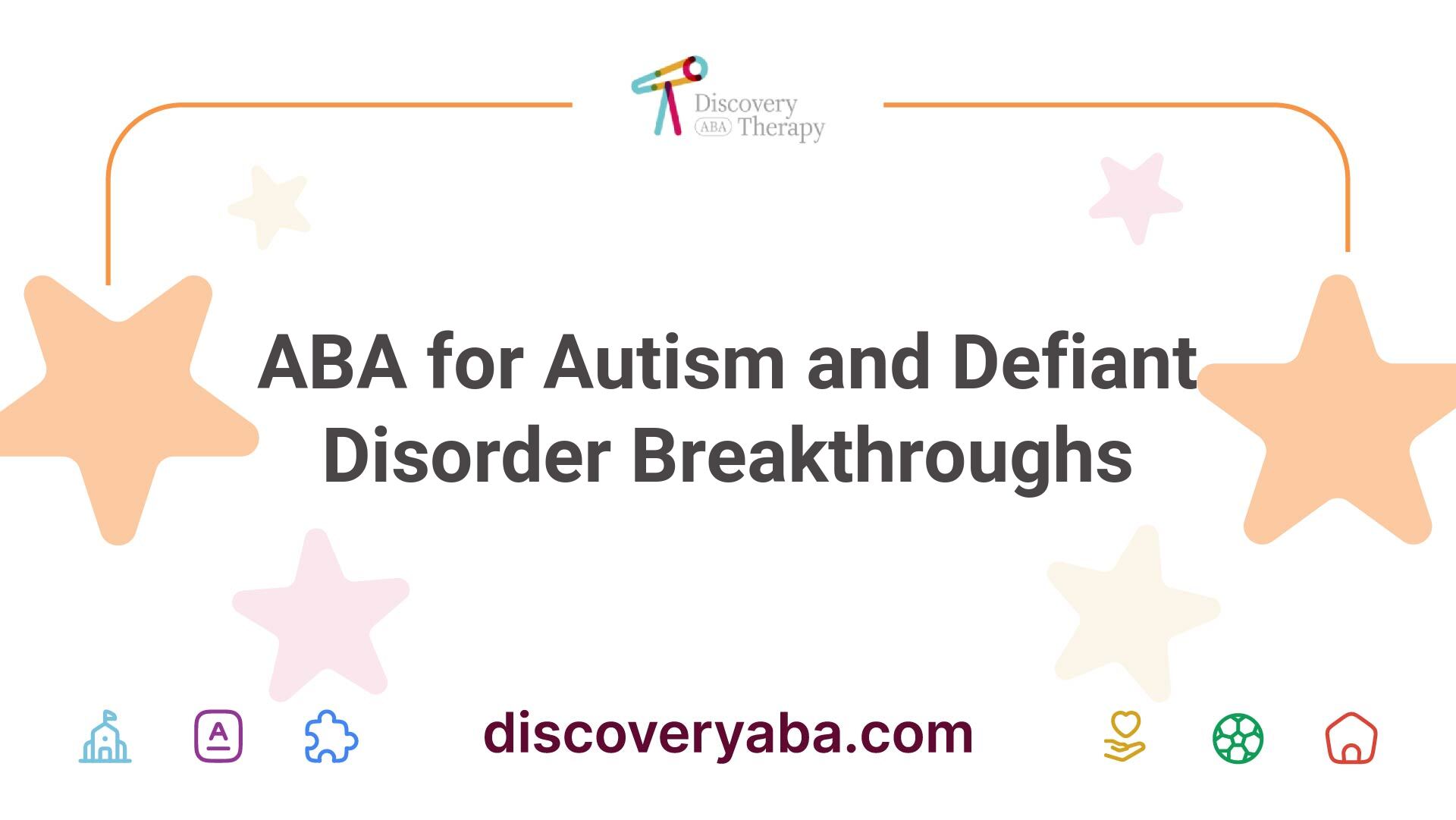
ABA for Autism and Defiant Disorder Breakthroughs

ABA for Behavioral Challenges in Autism

ABA for Picky Eating in Autism

ABA Intervention Techniques

ABA Reinforcement Methods

ABA Session Plans

ABA Strategies for Behavior Modification
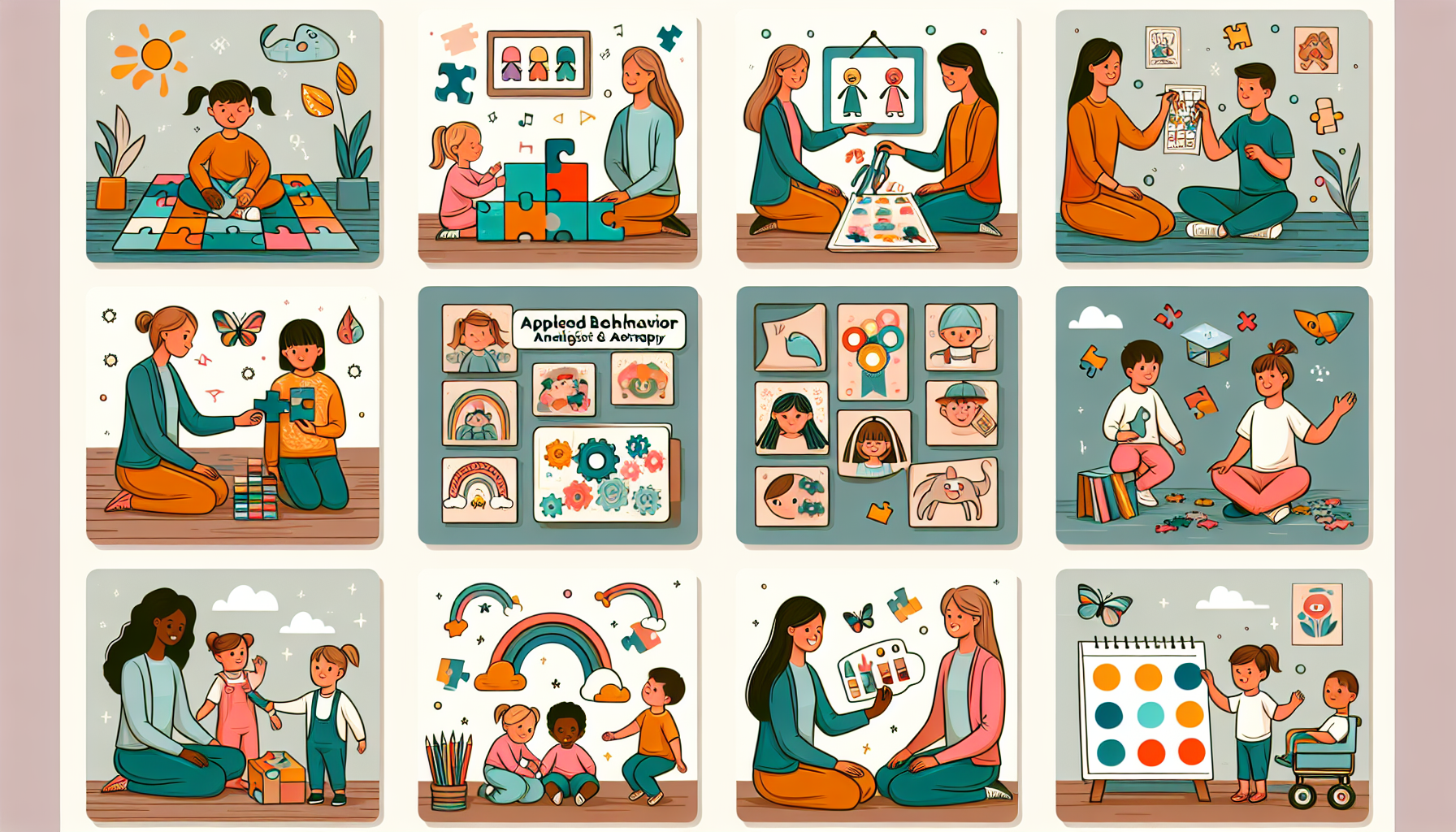
Innovative ABA Therapy Activities for Growth
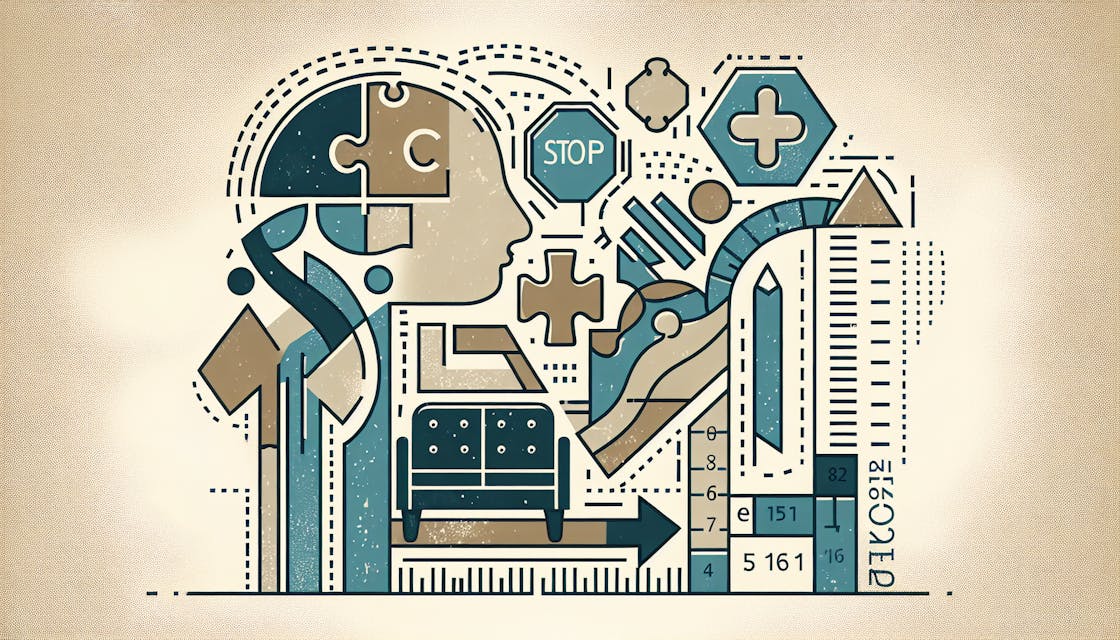
Exploring the ABA Therapy Age Limit Guidelines

ABA Therapy and Behavioral Assessment

ABA Therapy and Developmental Delays

ABA Therapy and Leisure Skills

ABA Therapy and Self Advocacy Skills
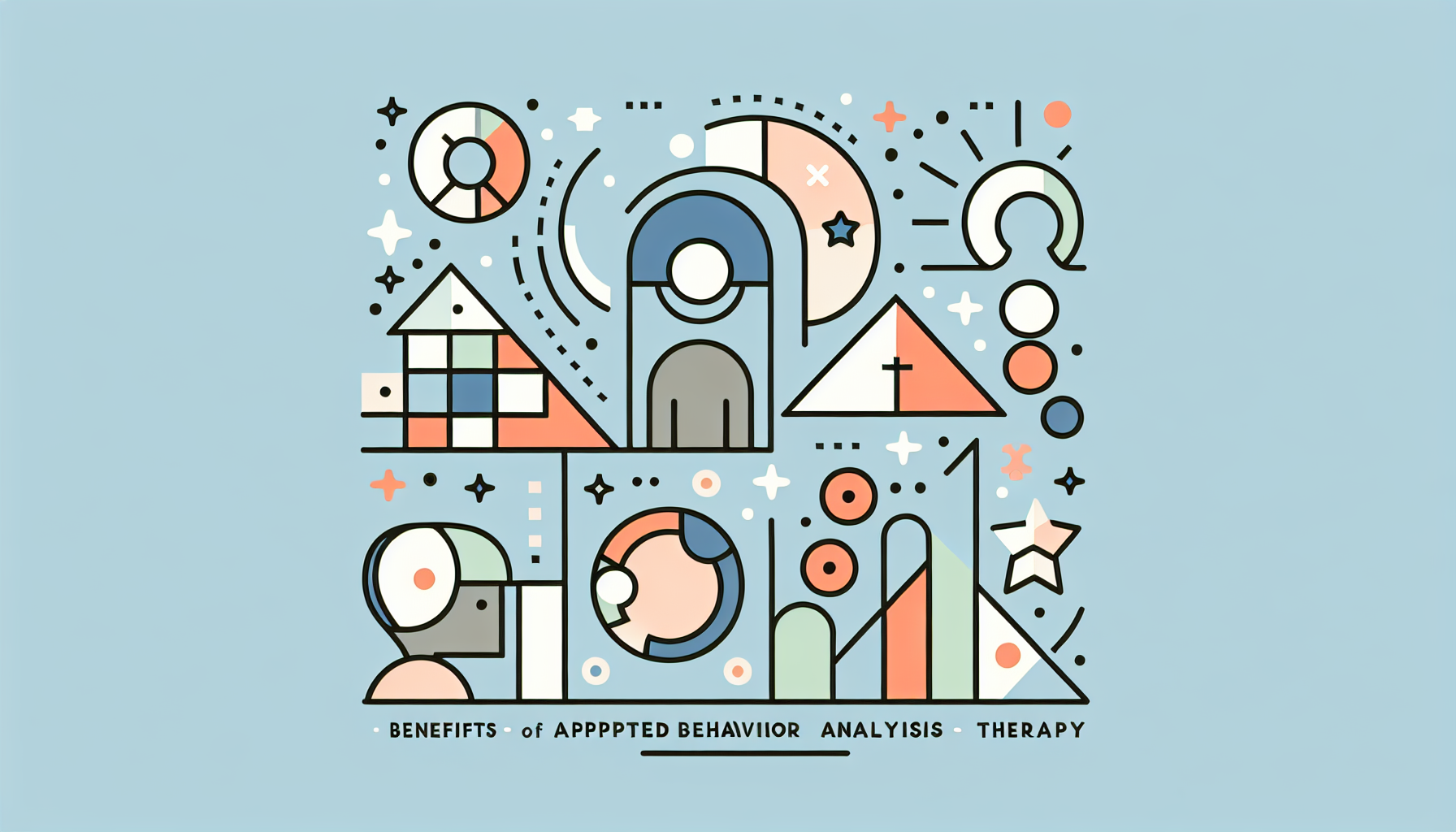
ABA Therapy Benefits

ABA Therapy for Autism Behavioral Health Programs

ABA Therapy for Autism Development Centers

ABA Therapy for Autism Treatment Services

ABA Therapy for High-Functioning Autism

ABA Therapy for OCD in Autism

ABA Therapy for Sensory Overload
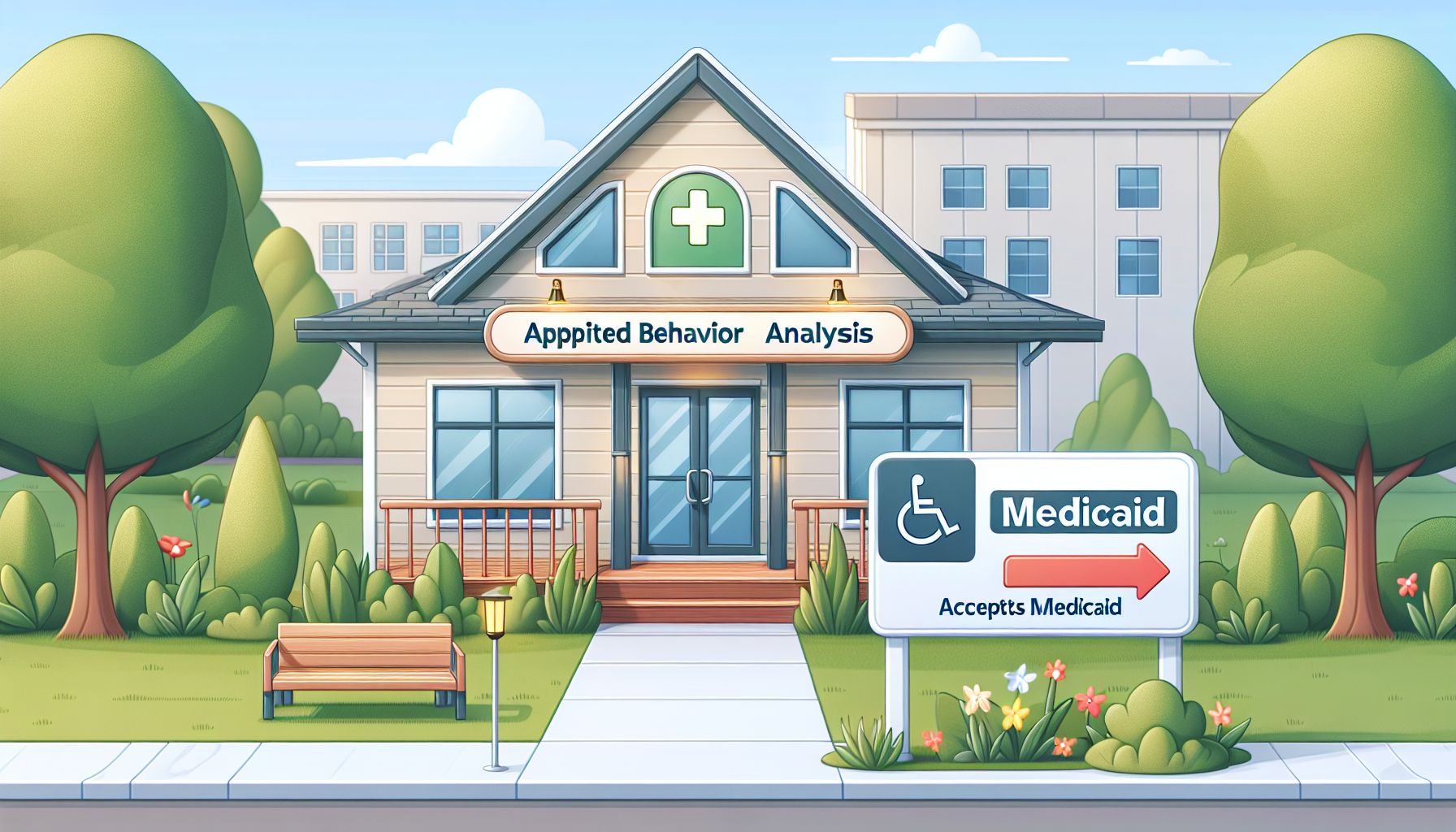
ABA Therapy Near Me That Supports Medicaid

ABA Therapy Online Resources

A Closer Look at ABA Therapy Toys

ABA Therapy Training for Parents Unveiled

Actors with Autism
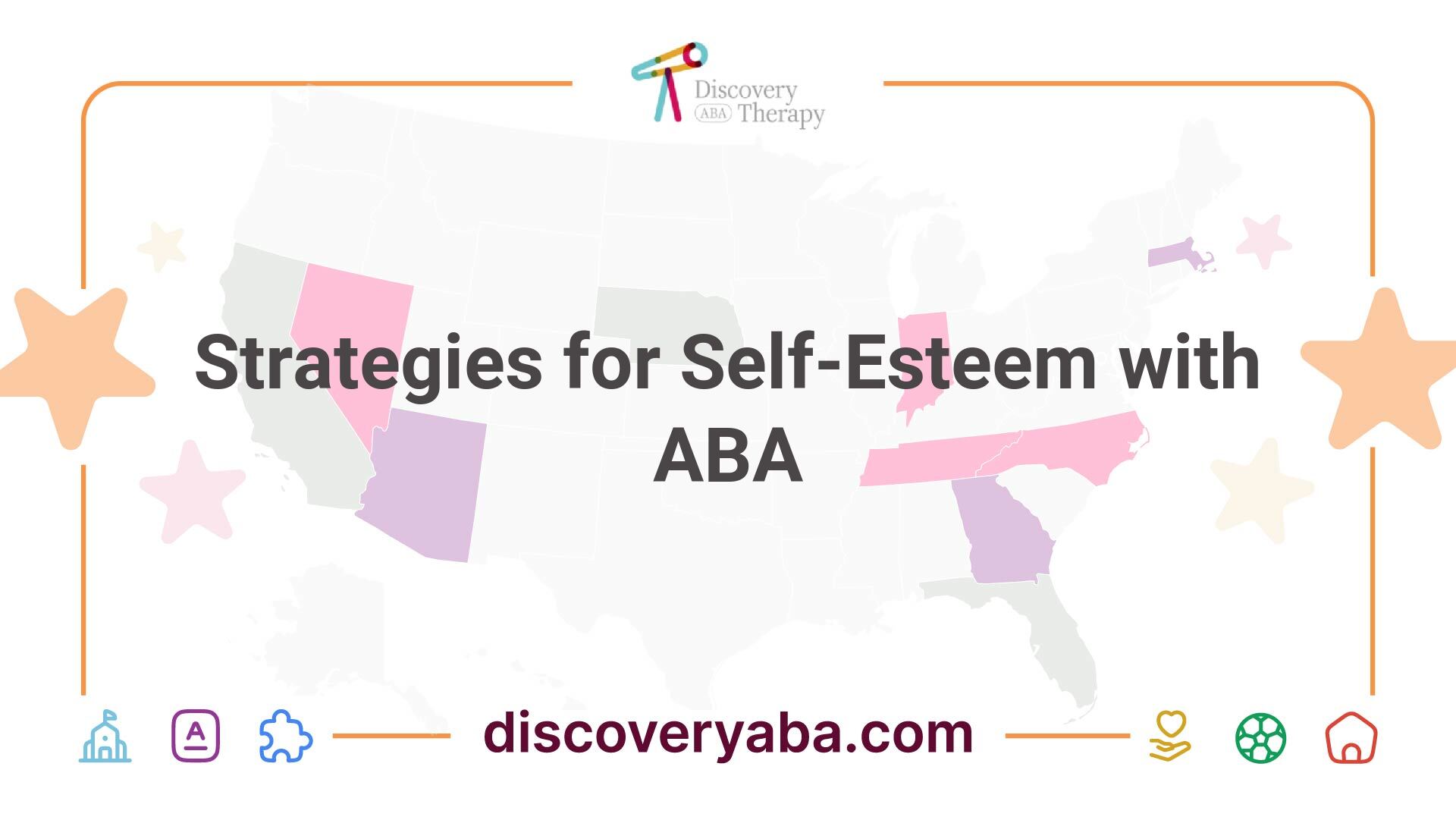
Strategies for Self-Esteem with ABA

Addressing Sensory Aversion in Autism

Addressing Sensory Seeking in Autism

Exploring Autism and Alternative Treatments: Alternative Paths to Progress

Exploring the Impact of Biomedical Interventions on Autism
.jpeg)
Autism And Bipolar Disorder

Exploring Complementary Therapies for Autism

Exploring the Impact of Equine Therapy on Autism: From Horses to Hope
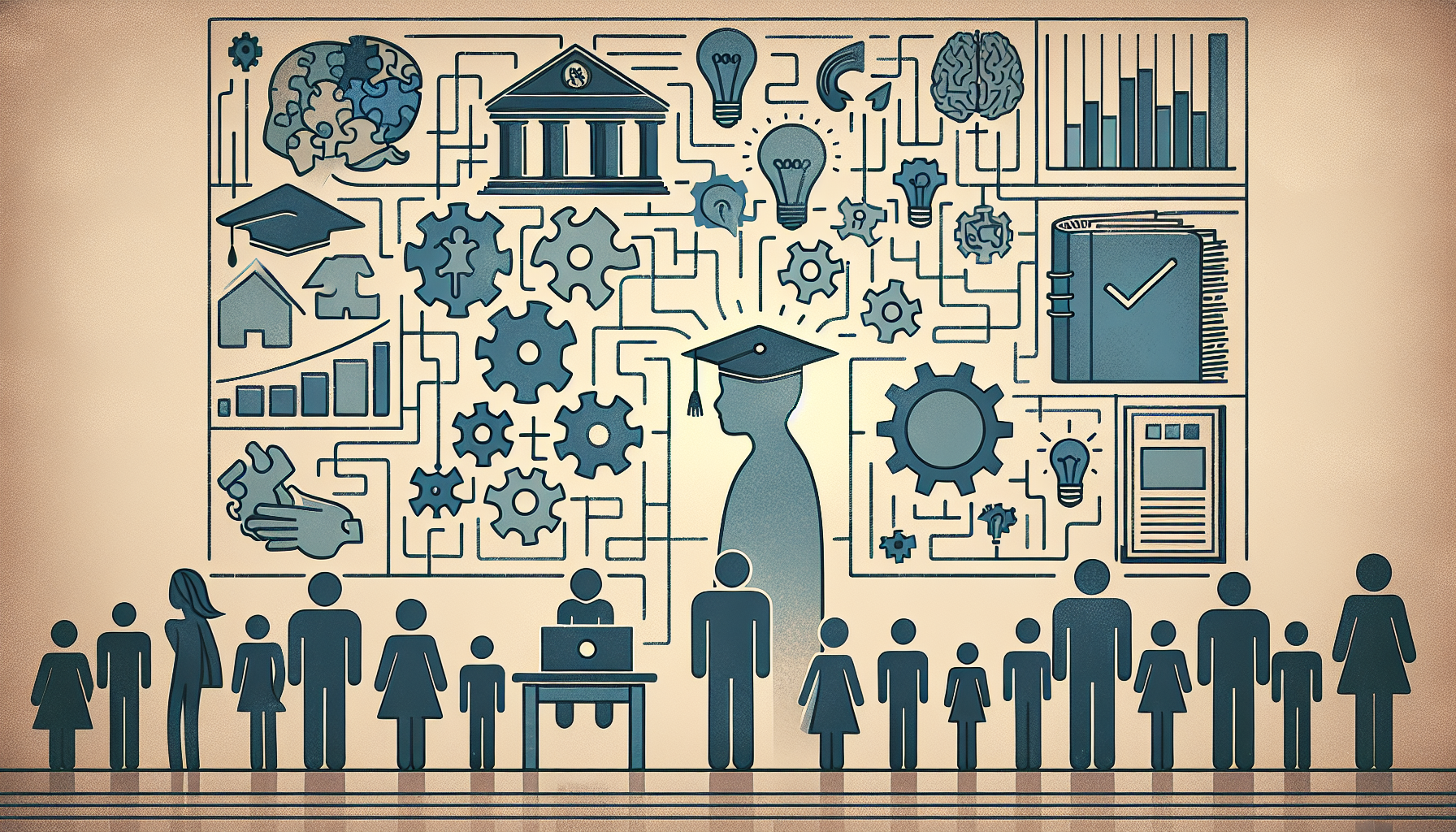
The Role of Postsecondary Education in Autism: Empowering Independence

Autism and Public Speaking

Therapy Animals and Autism Support: From Companions to Healers

Empowering Autism Through Vocational Training: Unlocking Potential

The Healing Effects of Autism Art Therapy
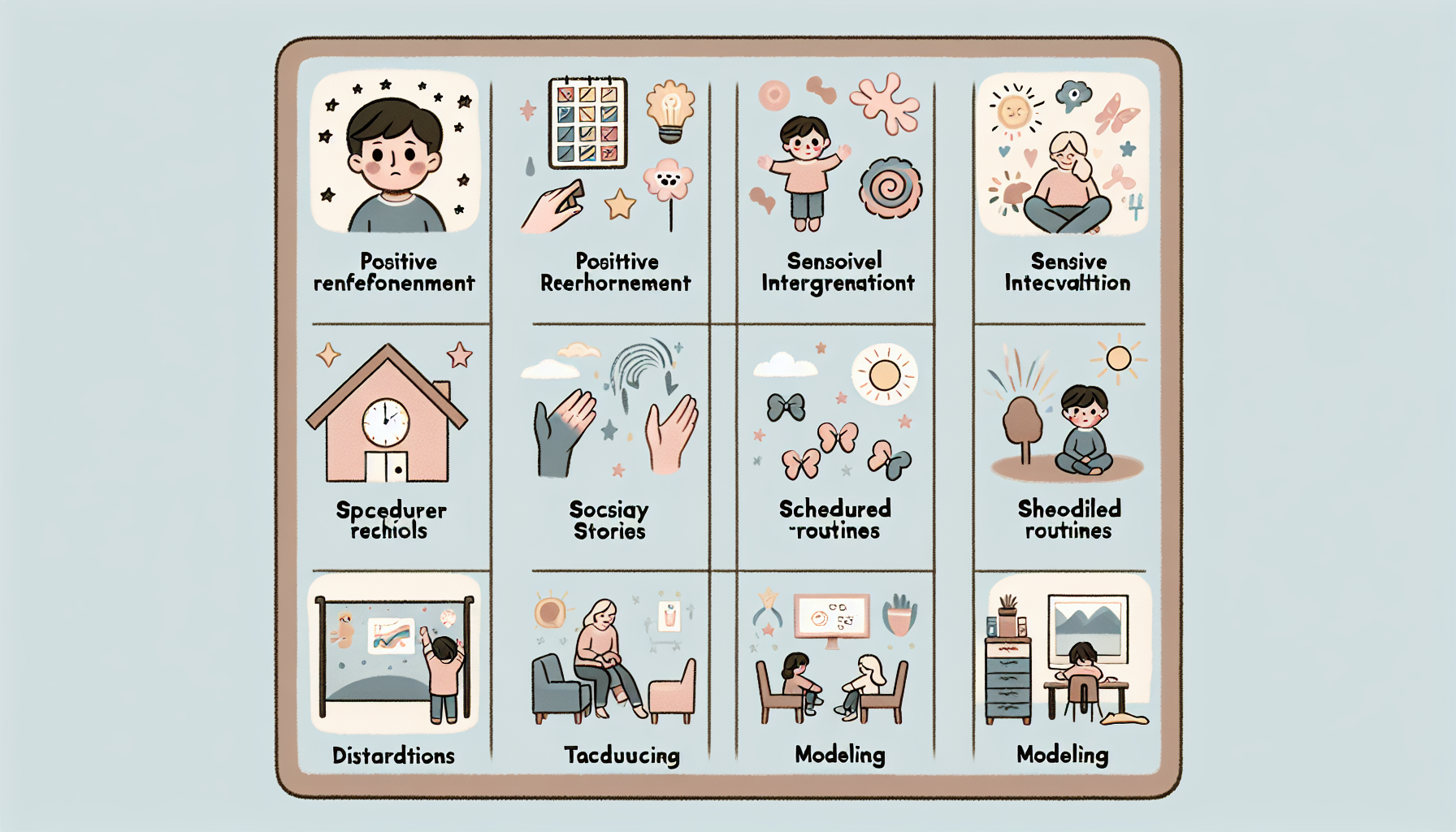
Unlocking the Key: Autism Behavior Strategies for Success

Autism Caregiver Services Near Me in the USA
.jpeg)
Understanding Autism Complications
.jpeg)
Autism Develop Planning and Organizational Skills

Tracking Autism Developmental Milestones

The Key to Understanding Autism: The Diagnosis Code Unveiled

Autism During Pregnancy: Signs & Prevention
.jpeg)
Autism Grants: Financial Support for Individuals

Autism Holistic Support for Well-being

Key Autism Life Skills Unveiled

Addressing Autism Prevalence in the State

The Role of Routine and Structure in Autism
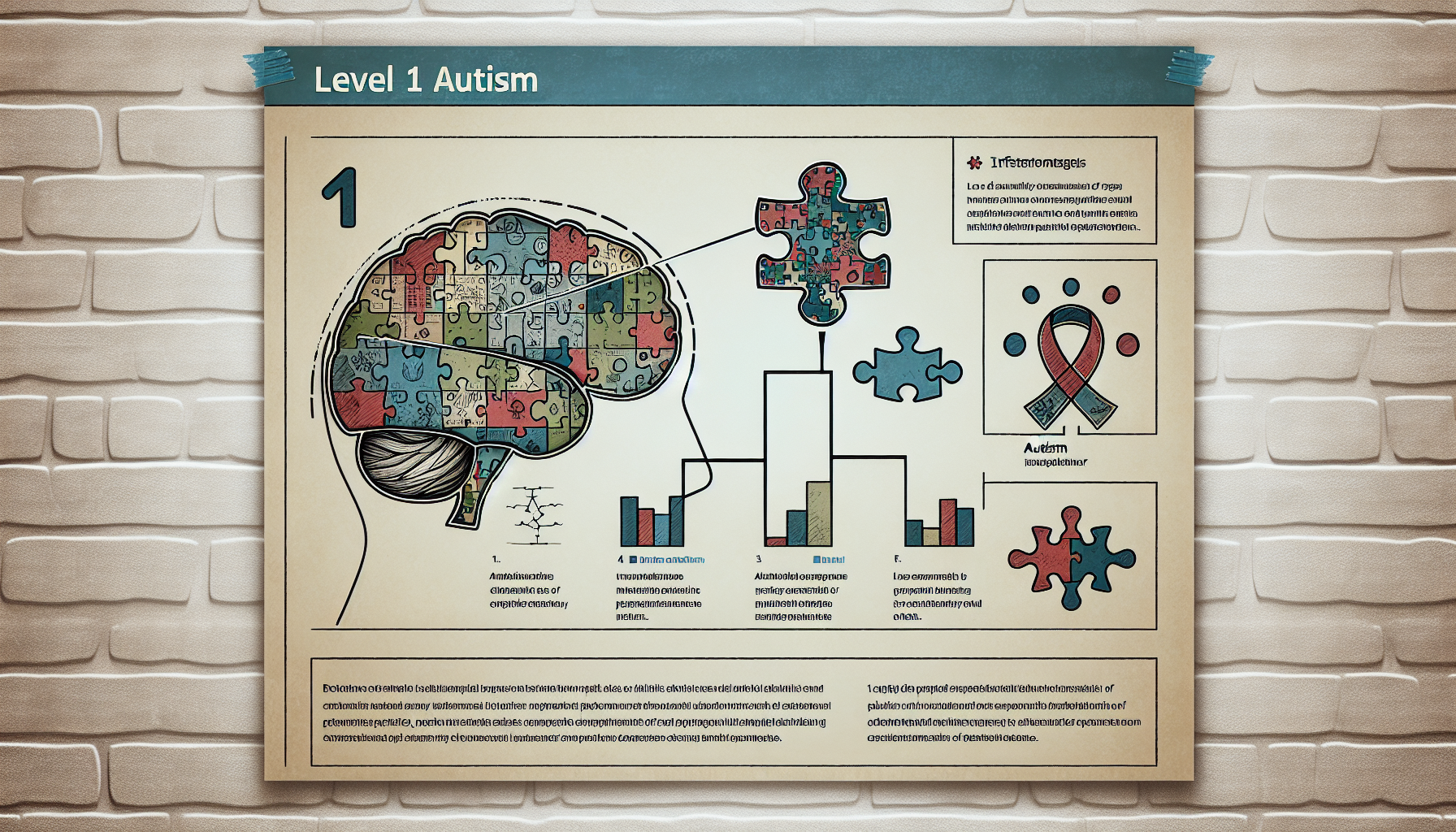
Demystifying Autism Spectrum Disorder Level 1 Symptoms

Silent Struggles: Confronting the Reality of Autism Speech Delay

Understanding Autism Stimming Behaviors

Autism Symptoms in Girls

Best Autism Toys for Toddlers Available

Thriving as an Autistic Young Adult

Is Your Autistic Adult Child Ready to Move Out?

How Art Therapy Benefits Individuals with Autism
Contact us
North Carolina, Tennessee, Nevada, New Jersey, Utah, Virginia
New Hampshire, Maine
Massachusetts, Indiana, Arizona, Georgia
.avif)

